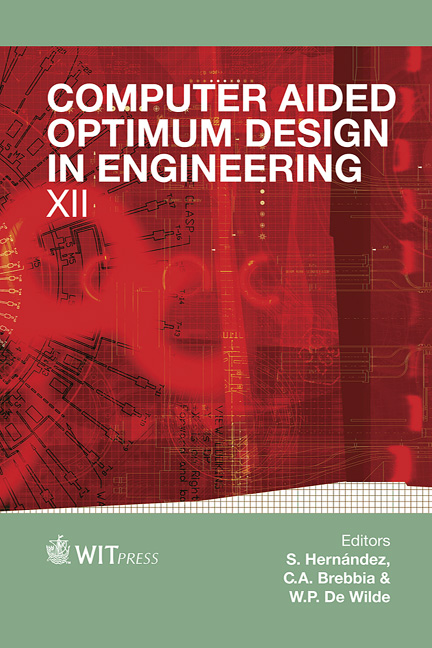Limit Spans Of Cable And Arch Structures
Price
Free (open access)
Transaction
Volume
125
Pages
12
Page Range
3 - 14
Published
2012
Size
537 kb
Paper DOI
10.2495/OP120011
Copyright
WIT Press
Author(s)
P. Latteur & W. P. De Wilde
Abstract
The limit span is reached when a structure cannot bear any other load than its self-weight, while the maximum resistance of the material or an excessive deflection is reached. Former publications have shown that the indicators of volume W and of displacement are dimensionless numbers which allow optimizing efficiently the strength and self-weight or the stiffness of structures. In this context, this survey establishes the analytical expressions of limit spans of cables and arches. Keywords: limit span, maximum span, ultimate span, self-weight, deflections, limit, buckling, volume, morphological indicators, indicator of volume, indicator of displacement. 1 Introduction During the last decades, structures with ever increasing spans have been designed: e.g. the Viaduct of Millau (France), a technological and scientific masterwork, is a perfect illustration of this statement. It is thus perfectly legitimate to ask oneself: \“what are the theoretical limits of structural spans?”, and also \“what are the factors influencing this limit?” The latter question is not trivial as the answer depends on the typology of the structure: a beam is subject to bending, an arch to compression, a cable only works in traction and one finds both compression and traction in trusses. Considering the specifications of the Eurocodes, defining performances of a structure from both points of view of strength (ultimate limit state, in short ULS) and stiffness (serviceability limit state or SLS), and taking into account local instability phenomena (buckling), one can distinguish between:
Keywords
limit span, maximum span, ultimate span, self-weight, deflections, limit, buckling, volume, morphological indicators, indicator of volume, indicator of displacement.





